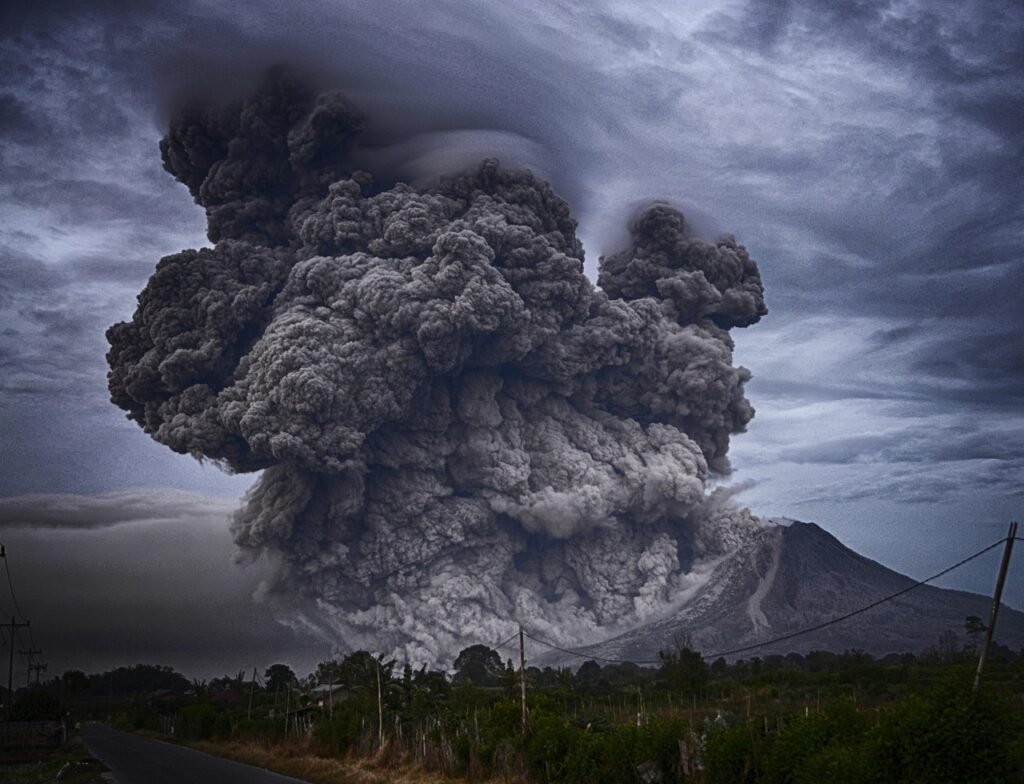Picture this: you wake up one morning to find ash falling like snow across your city. The skies turn an ominous gray, temperatures plummet, and the sun becomes a dim memory hidden behind thick volcanic clouds. While it sounds like something from a disaster movie, this scenario has happened before in Earth’s history. Supervolcanoes – these sleeping giants lurking beneath our feet – have the potential to reshape our planet in ways that make even the most devastating hurricanes look like gentle breezes. These massive volcanic systems don’t just threaten local communities; they hold the power to alter global climate patterns, devastate agriculture worldwide, and potentially trigger the next mass extinction event. But how real is this threat, and should we be preparing for volcanic apocalypse? Let’s dive into the fascinating and terrifying world of supervolcanoes to discover what science tells us about these potential planet killers.
What Makes a Volcano “Super”
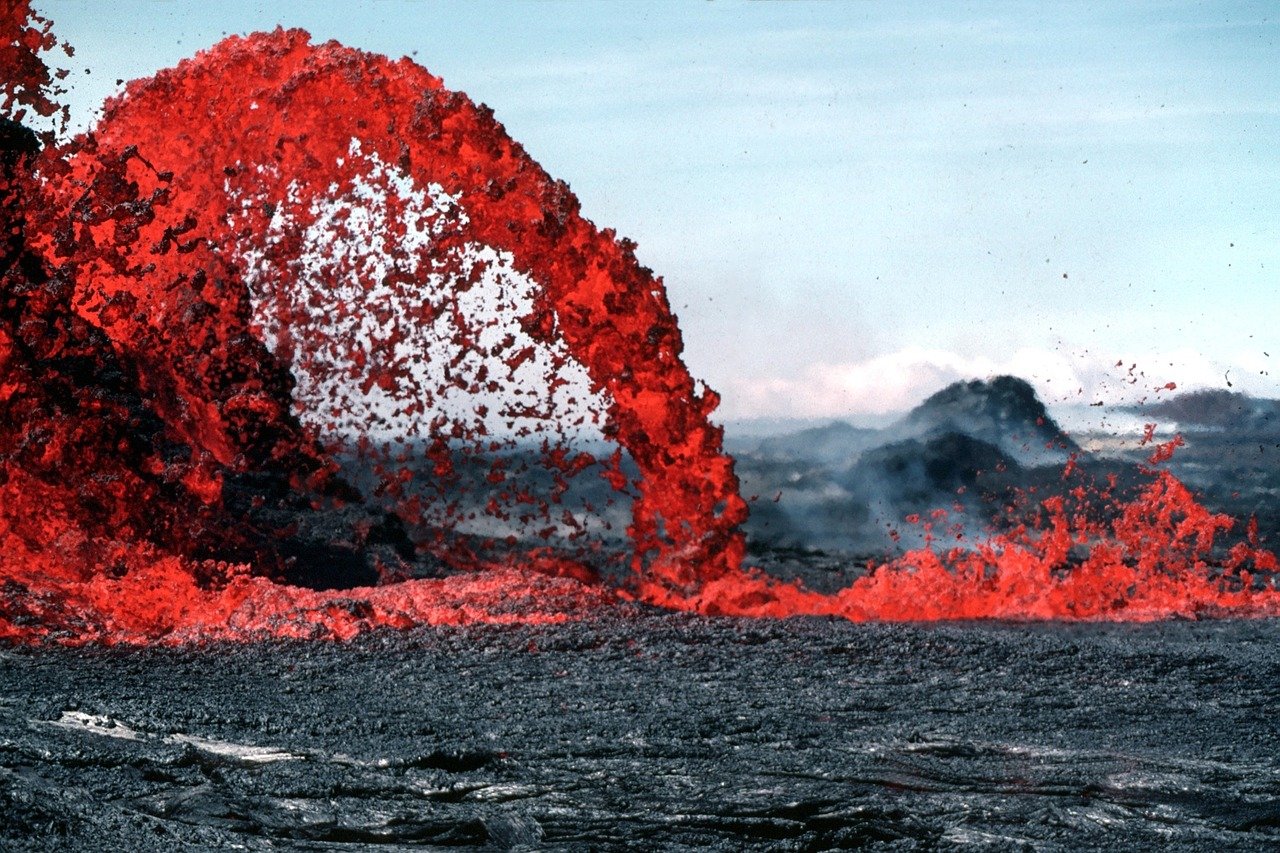
Supervolcanoes aren’t your typical mountain-shaped volcanoes that most people picture. They occur when magma in the mantle rises into the crust but is unable to break through it. Think of them as enormous pressure cookers building up steam deep underground. Pressure builds in a large and growing magma pool until the crust is unable to contain the pressure and ruptures. This can occur at hotspots (for example, Yellowstone Caldera) or at subduction zones (for example, Toba). Supervolcanoes are volcanoes that can produce eruptions of the highest magnitude – an 8 on the Volcano Explosivity Index – expelling more than 240 cubic miles (1,000 cubic kilometers) of material in the process. To put this in perspective, that’s enough volcanic material to bury the entire state of Rhode Island under nearly 200 feet of debris. VEI 7 or VEI 8 eruptions are so powerful that they often form circular calderas rather than cones because the downward withdrawal of magma causes the overlying rock mass to collapse into the empty magma chamber beneath it. Based on incomplete statistics, at least 60 VEI 8 eruptions have been identified.
Earth’s Most Dangerous Supervolcanoes Today
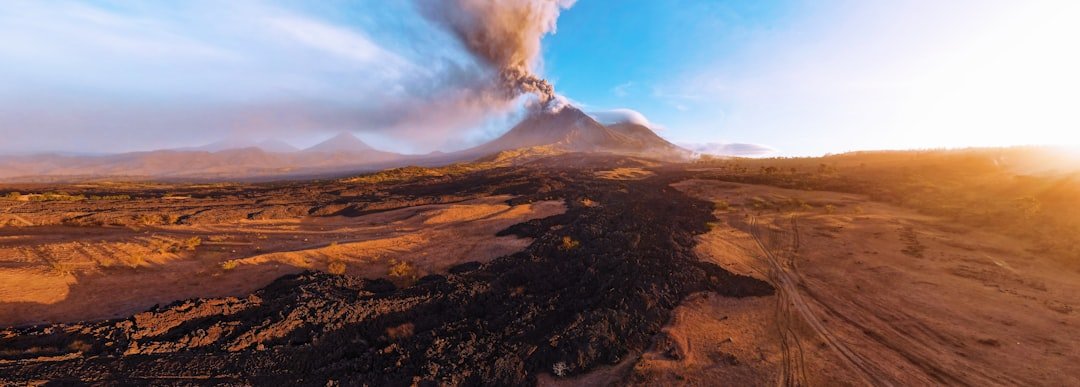
Several supervolcanoes around the world are being closely monitored by scientists, each presenting unique risks and characteristics. Most Hazardous to Populations: Campi Flegrei, given its proximity to densely populated Naples, and Aira Caldera near Kagoshima. Meanwhile, Most Powerful: Toba and Yellowstone are tied for their ability to produce global effects. Scientists have been monitoring several supervolcanoes that have the potential to cause widespread or even apocalyptic damage. These sleeping giants are scattered across the globe, from the geysers of Yellowstone to the restless ground beneath Naples, Italy. Each one tells a different story of geological forces at work, but all share the terrifying potential to change life on Earth as we know it.
The Yellowstone Threat Assessment
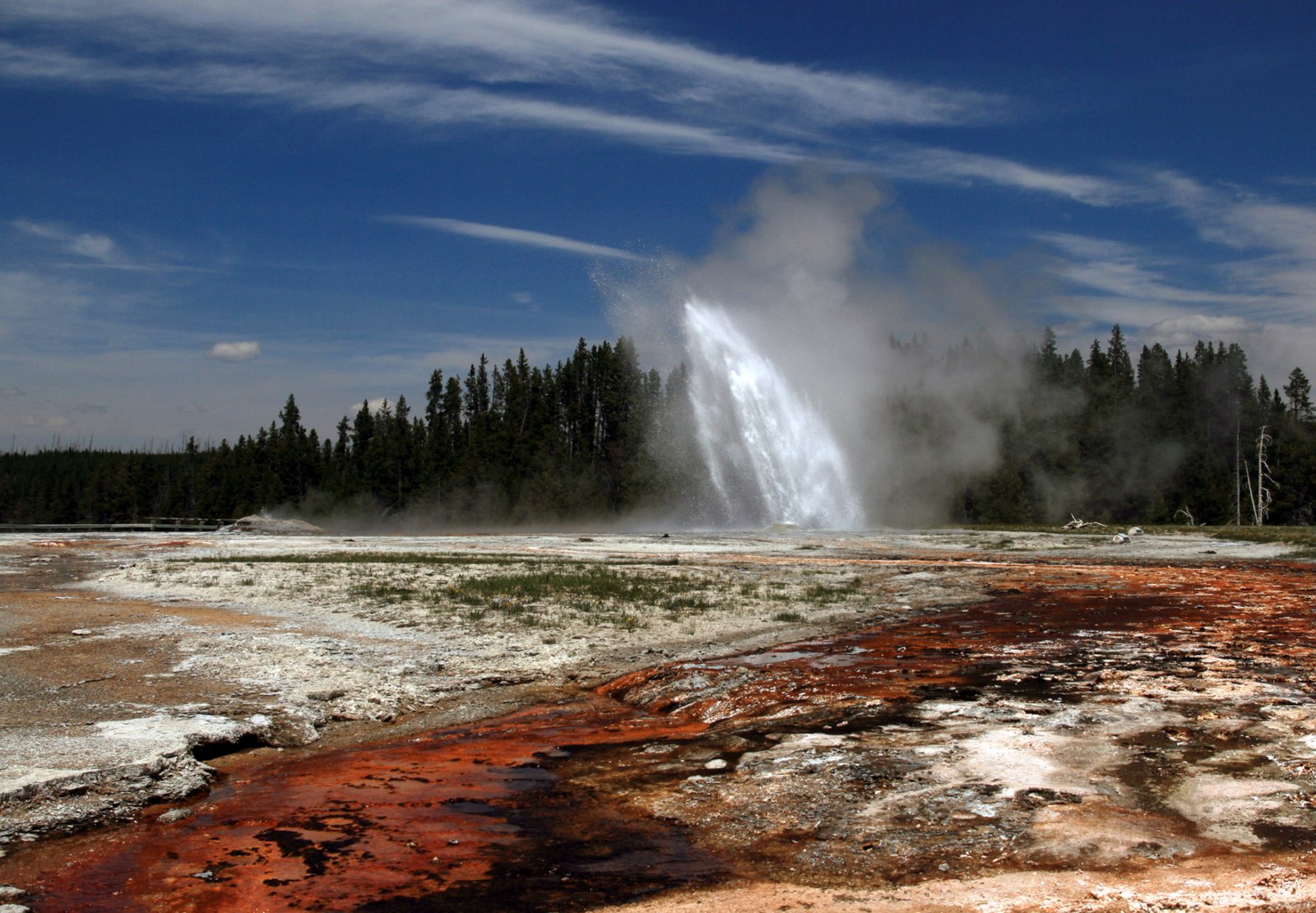
Yellowstone represents perhaps the most famous supervolcano on Earth, though its actual risk might surprise you. USGS estimates the annual probability of a Yellowstone eruption at approximately 1 in 730,000. Continuous monitoring shows no signs of an imminent eruption. This means you’re statistically more likely to be struck by lightning multiple times than to witness a Yellowstone supereruption in your lifetime. However, if it did happen, the consequences would be catastrophic. If another large, caldera-forming eruption were to occur at Yellowstone, its effects would be worldwide. Such a giant eruption would have regional effects such as falling ash and short-term (years to decades) changes to global climate. Those parts of the surrounding states of Montana, Idaho, and Wyoming that are closest to Yellowstone would be affected by pyroclastic flows, while other places in the United States would be impacted by falling ash. The western United States would essentially become uninhabitable for years, while the entire country would struggle with infrastructure collapse and agricultural devastation.
Italy’s Campi Flegrei: Europe’s Ticking Time Bomb
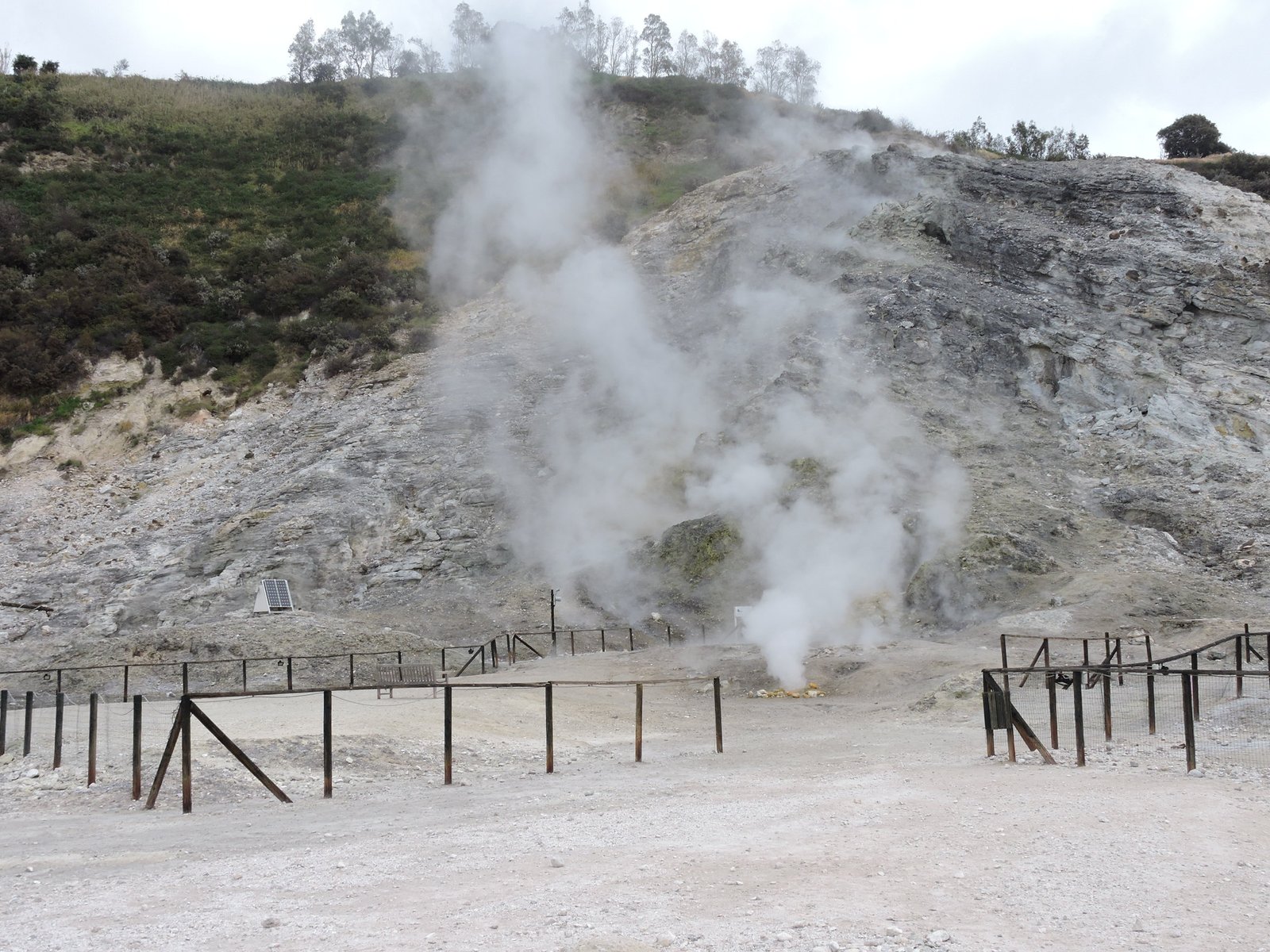
While Yellowstone grabs headlines, Europe’s most dangerous supervolcano might actually pose a more immediate threat. The Campi Flegrei volcano, near Naples in southern Italy, has crust that is becoming weaker and more prone to rupturing, “making an eruption more likely”, scientists behind a new study have said. More than 1.5 million people live above the vast underground volcano complex, and half a million people have their homes inside its 7-mile-long (11 kilometers) caldera. Italy’s supervolcano appears to have been building energy over the last 60 years – and it could be ready to erupt. Campi Flegrei is a huge volcanic field that sits about 9 miles to the west of Naples, a city home to over a million people. Recent signs are troubling: Campi Flegrei is also experiencing persistent small earthquakes, with frequent seismic activity being monitored by scientists. The ground beneath the town of Pozzuoli has been steadily rising, indicating massive forces stirring beneath.
The Mount Toba Precedent: When Supervolcanoes Nearly Ended Humanity
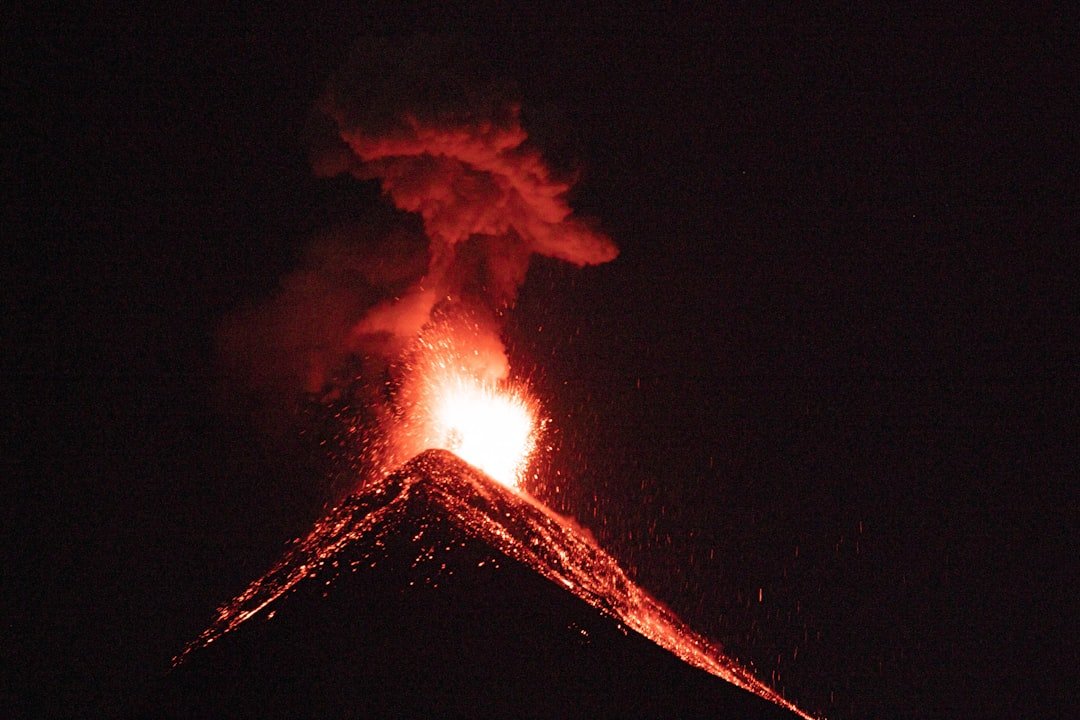
To understand what supervolcanoes can do, we need to look back 74,000 years to one of the most devastating events in human history. Seventy-four thousand years ago, the supervolcano Mount Toba on what is now Sumatra exploded. It was an extinction event that changed the world, and according to some academics, it almost wiped out the human species. The Mount Toba Eruption ejected an estimated 2,800 cubic kilometers of volcanic material (more than 1.5 times the volume of Lake Ontario) into the atmosphere. Researchers believe that the aftermath of the eruption of Mount Toba pushed humanity to the brink of extinction, creating an evolutionary bottleneck that some of our ancestors thankfully managed to survive. The eruption was so massive that The VEI number for Toba is estimated to be 8, the highest on the scale. For reference, the eruption of Mount Saint Helens measured 5. Toba was 1,000 times more powerful than Mount Saint Helens and 100 times more powerful than the Krakatoa eruption.
Climate Chaos: How Supervolcanoes Change Weather Patterns
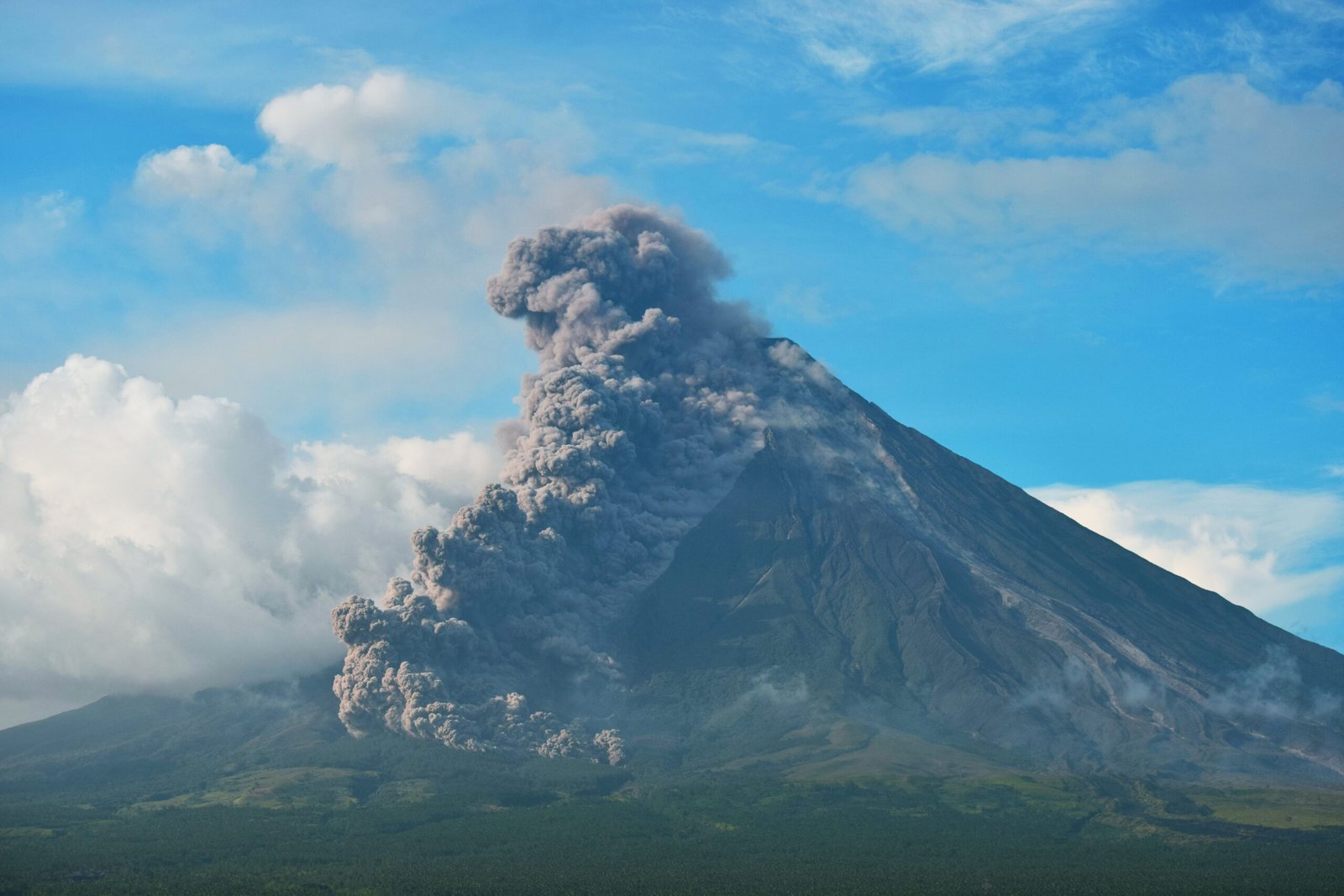
The true terror of supervolcanoes lies not just in their immediate destruction, but in their ability to plunge the entire planet into climate chaos. The most significant climate impacts from volcanic injections into the stratosphere come from the conversion of sulfur dioxide to sulfuric acid, which condenses rapidly in the stratosphere to form fine sulfate aerosols. The aerosols increase the reflection of radiation from the Sun back into space, cooling the Earth’s lower atmosphere or troposphere. If another catastrophic, caldera-forming Yellowstone eruption were to occur, it would probably alter global weather patterns and have enormous impacts on human activity (especially agricultural production) for many years. At this time, however, scientists do not have the ability to predict specific consequences or durations of possible global impacts from such large eruptions. The 1991 Mount Pinatubo eruption, which was tiny compared to supervolcanic events, still managed to cool the Earth’s surface for three years following the eruption, by as much as 1.3 degrees F at the height of the impact.
Agricultural Apocalypse: When Food Systems Collapse

Perhaps the most terrifying aspect of a supervolcanic eruption would be its impact on global food production. History gives us a chilling preview through the 1815 Mount Tambora eruption, which created “the year without a summer:” global temperatures plunged, crops failed, people starved, a cholera pandemic spread and tens of thousands died. Now imagine this scenario playing out in today’s world with nearly eight billion people to feed. The blockage of sunlight in the troposphere could disrupt weather patterns, notably affecting rainfall. This could severely impact regions dependent on monsoon rains, like Asia and Africa, leading to failed harvests and widespread food shortages. The resulting scarcity could heighten geopolitical tensions, increasing the risk of conflict over resources. Our modern, interconnected food system – dependent on just-in-time delivery and global supply chains – would be particularly vulnerable to such disruption.
The Great Dying: Lessons from Earth’s Worst Mass Extinction
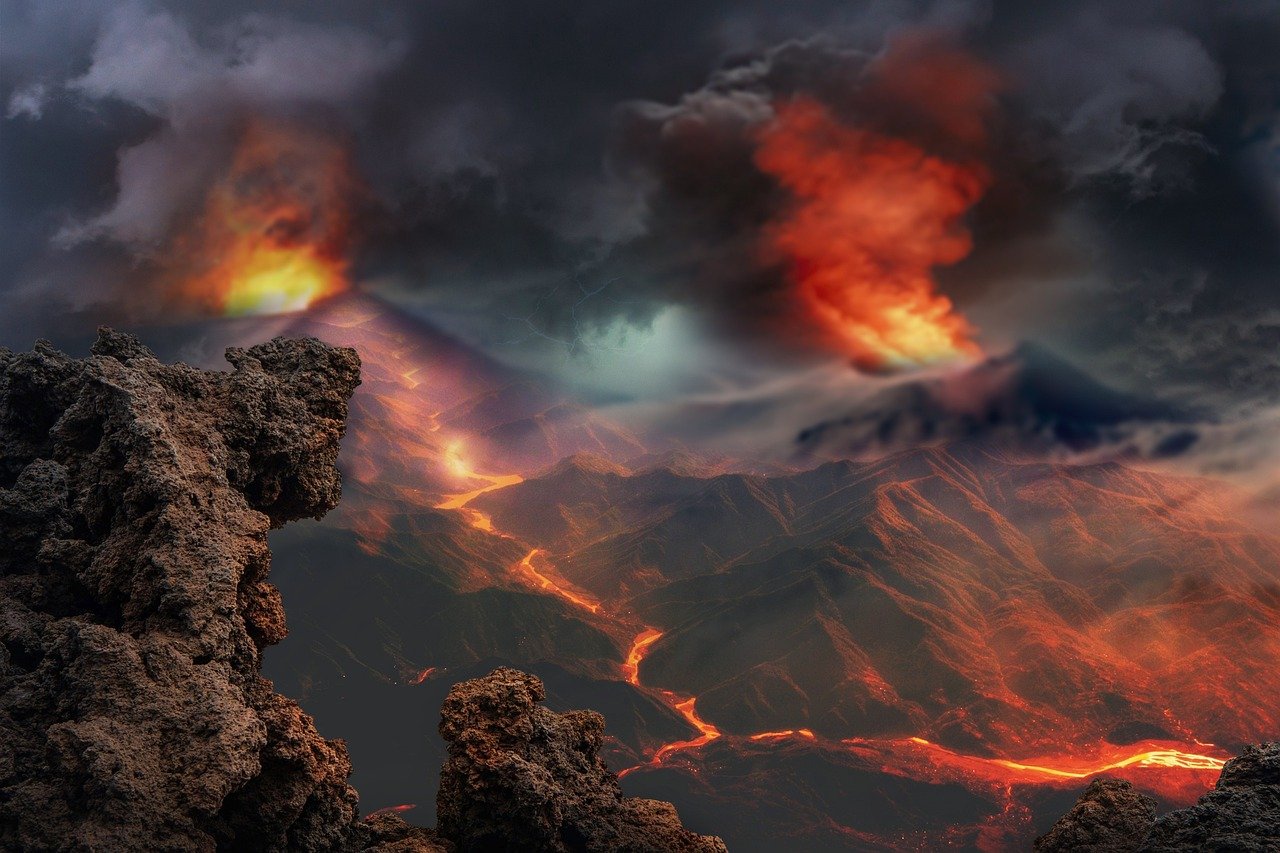
The most catastrophic mass extinction in Earth’s history offers sobering lessons about supervolcanic potential. The Permian–Triassic extinction event, colloquially known as the Great Dying, was an extinction event that occurred approximately 251.9 million years ago. It is Earth’s most severe known extinction event, with the extinction of 57% of biological families, 62% of genera, 81% of marine species, and 70% of terrestrial vertebrate species. It is also the greatest known mass extinction of insects. It is the greatest of the “Big Five” mass extinctions of the Phanerozoic. The scientific consensus is that the main cause of the extinction was the flood basalt volcanic eruptions that created the Siberian Traps, which released sulfur dioxide and carbon dioxide, resulting in euxinia (oxygen-starved, sulfurous oceans), elevated global temperatures, and acidified oceans. This ancient catastrophe shows us exactly how volcanic activity can cascade into global environmental collapse, affecting not just climate but ocean chemistry and atmospheric composition.
Modern Humans vs Ancient Eruptions: Are We More Vulnerable?
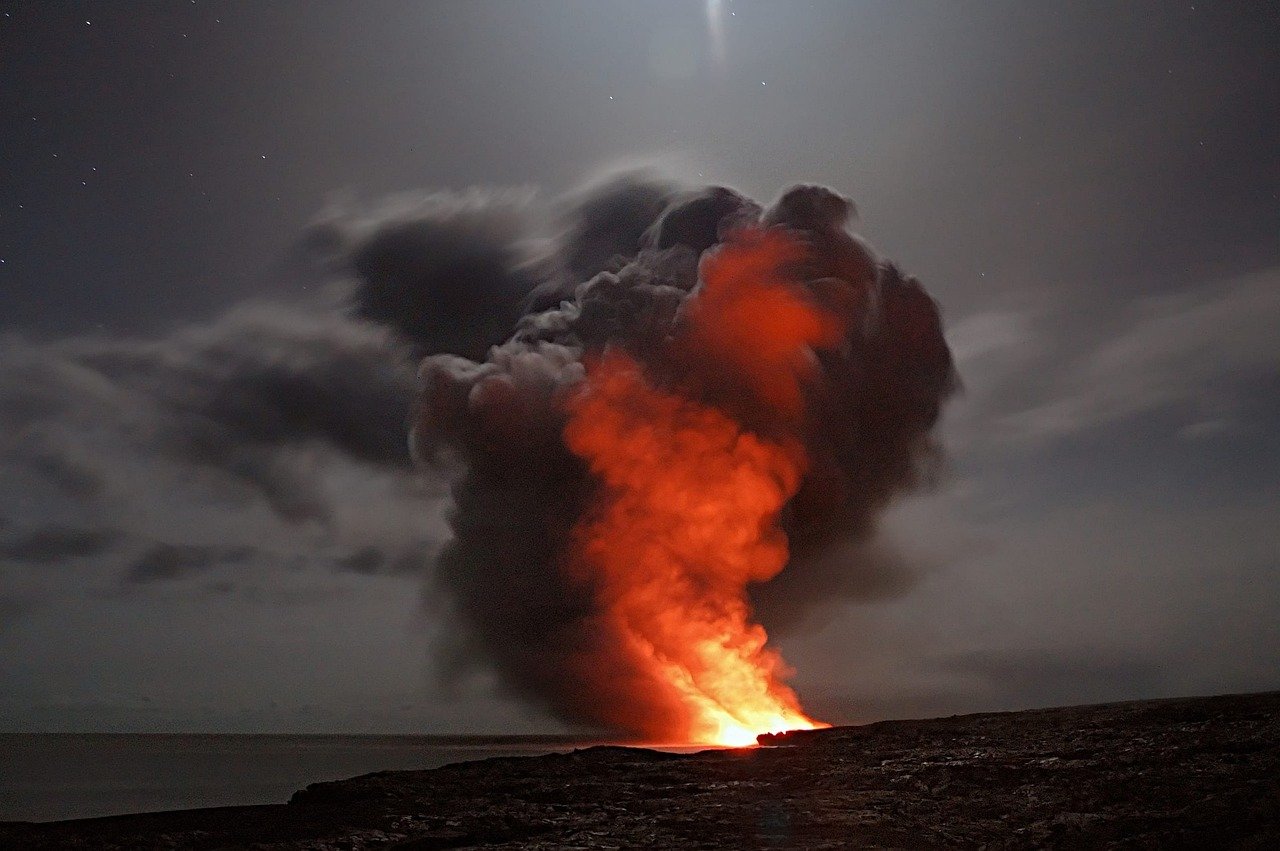
Interestingly, recent research suggests that humans might be more resilient to supervolcanic events than previously thought. We can be confident of this because there have been two massive explosions while humans were present on Earth, and both of these were actually larger than Yellowstone’s most recent cataclysmic eruption. These eruptions were from Toba, Indonesia, about 74,000 years ago and from Taupo, New Zealand, about 26,500 years ago. In fact, there is no evidence of any extinction of any species due to the Toba or Taupo eruptions. However, our modern civilization presents new vulnerabilities. Such eruptions will cause major changes to the environment and will require humans to cope with extreme conditions. Our dependency on global trade, electricity, and other aspects of modern life will be impacted and create challenges that our stone-age ancestors did not have to deal with, but we are an adaptable species. While stone age humans could migrate to better hunting grounds, modern civilization relies on complex infrastructure, global supply chains, and technological systems that would be devastated by supervolcanic ash and climate disruption.
Climate Change: Making Supervolcanoes More Dangerous

Climate change isn’t just affecting weather patterns – it’s also influencing volcanic activity in unexpected ways. Climate change can also affect volcanic systems themselves. Melting ice can lead to increased eruptions, as its disappearance decreases pressure, which can allow magma to rise faster. Scientists have also found more extreme rainfall – driven by climate change – can seep deep into the ground where it can react with magma to trigger an eruption. Climate change may be increasing the risk of volcanic eruptions because the “tremendous weight of glaciers and ice sheets can tamp down volcanoes.” “When the ice retreats, the downward pressure on the planet’s thin outer crust and much thicker underlying mantle eases, allowing the ground to rebound,” and this causes “volcanoes to produce more magma and alter its movement, influencing eruptions”. This creates a terrifying feedback loop where our warming planet might actually trigger more volcanic activity.
Ocean Acidification and Marine Ecosystem Collapse
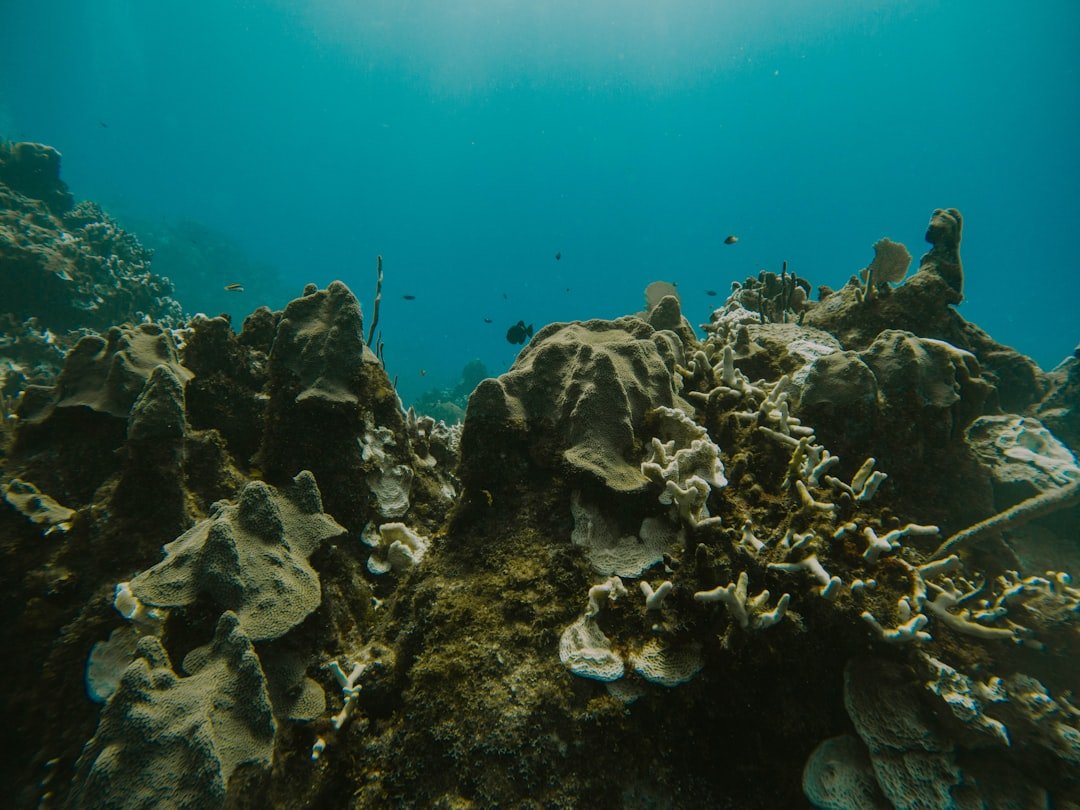
Beyond the immediate ash and cooling effects, supervolcanic eruptions pose severe threats to marine life through ocean acidification and oxygen depletion. When combined with the fact that oxygen doesn’t dissolve as well in warmer waters, this could lead to oceanic oxygen levels too low to support some species and could severely interrupt the flow of nutrients through the marine food web. To make matters worse for marine life, an increase in carbon dioxide in the atmosphere also acidifies the ocean, which prevents corals from building reefs and disrupts marine ecosystems from the bottom up. The collapse of marine ecosystems would have cascading effects throughout the planet’s food web. Coral reefs, already under stress from current climate change, would face an additional assault from volcanic acid rain and temperature fluctuations. Fish populations would crash, affecting not only ocean biodiversity but also the billions of people who depend on seafood for protein and economic survival.
Preparing for the Unthinkable: Supervolcano Mitigation Strategies
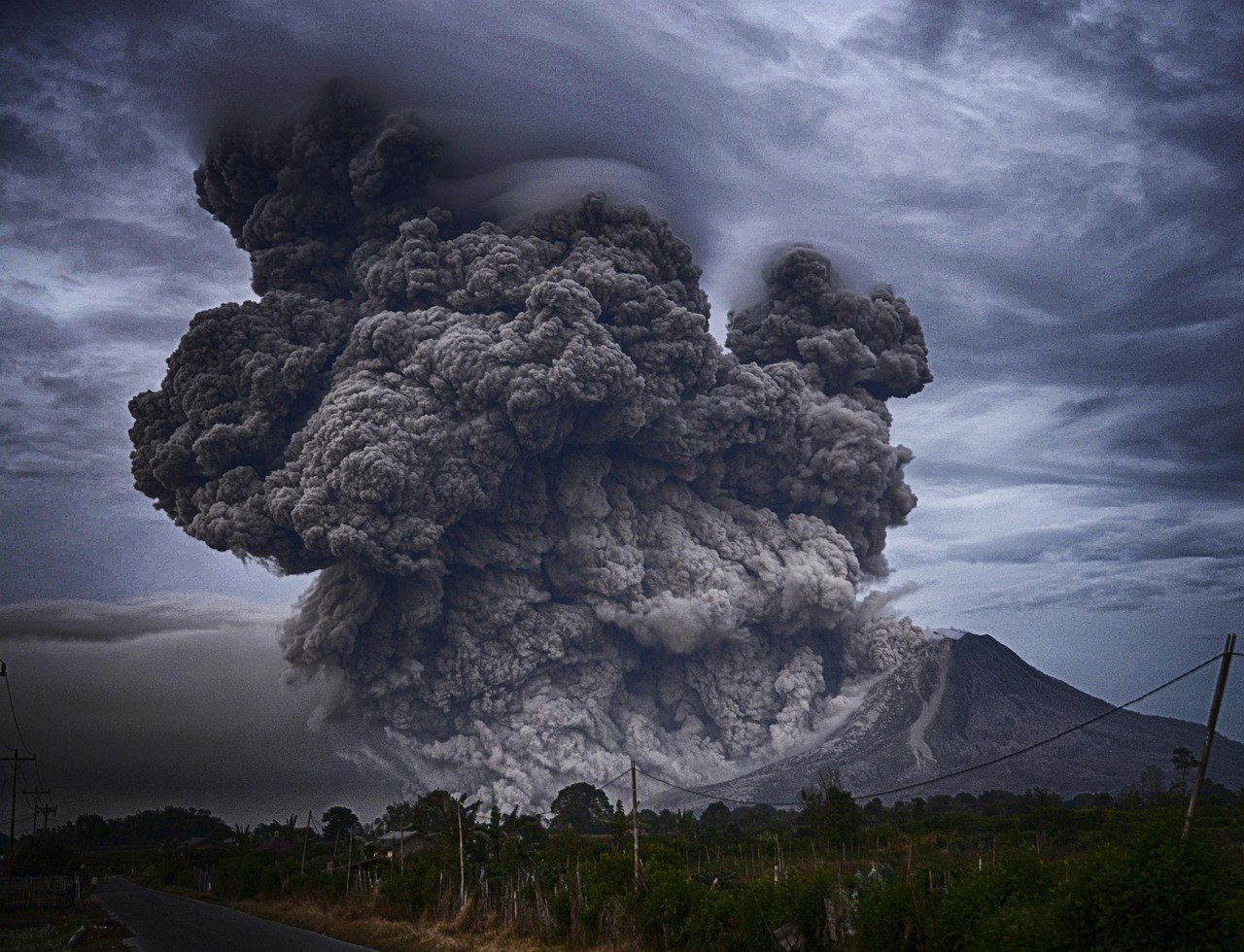
Despite the apocalyptic potential of supervolcanoes, scientists and governments aren’t sitting idle. Research into early warning systems is advancing rapidly, though predicting eruptions remains incredibly challenging. Using weather radar and satellite imagery, Gilchrist says volcanologists are already starting to measure the velocity of the debris as it erupts out of volcanoes. As they fine-tune those measurements, researchers are taking a step closer to creating real-time warning systems that could forecast the effects of an eruption on global climate patterns. Massive volcanic eruptions cannot be prevented, but there are ways to prepare, Stoffel added. These preparations include developing resilient food storage systems, creating international cooperation frameworks for disaster response, and investing in technologies that could help mitigate some effects of volcanic cooling. Some scientists even propose that understanding supervolcanic cooling effects could inform geoengineering approaches to climate change, though such ideas remain highly controversial and speculative.
New Research: Supervolcanoes Might Not Be Planet Killers After All
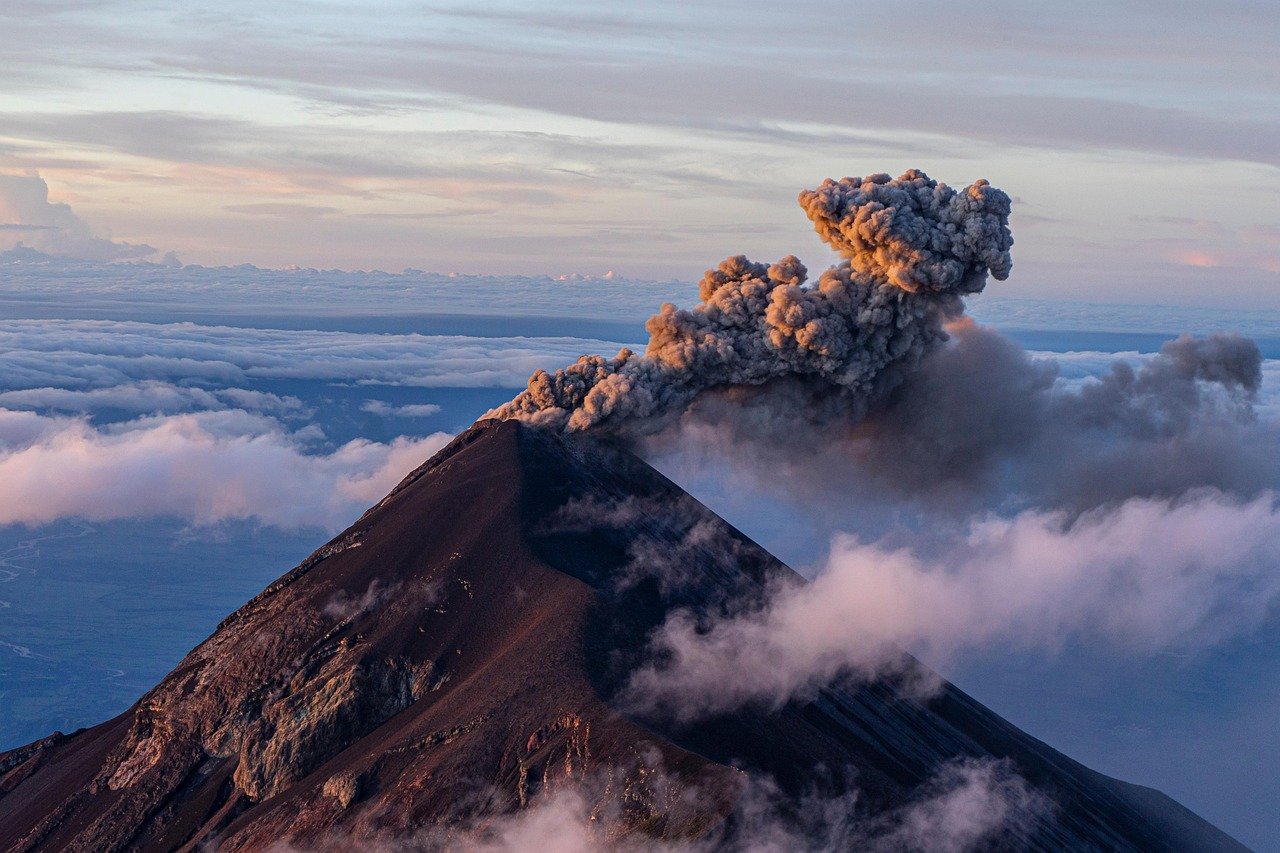
Recent scientific research is challenging some of the more apocalyptic predictions about supervolcanoes. The risk a volcanic eruption would blot out the sun and precipitate cascading extinctions might not be as high as once thought, according to a new study published in the journal Nature Geoscience. “Do they have the potential to cause mass extinction events or not? That’s kind of the heart of the question,” said Johan Gilchrist. Combining our model results with the available paleoclimate constraints applicable to large eruptions, we estimate that global volcanic cooling is unlikely to exceed 1.5°C no matter how massive the stratospheric injection. Super-eruptions, we conclude, may be incapable of altering global temperatures substantially more than the largest Common Era eruptions. This lack of exceptional cooling could explain why no single super-eruption event has resulted in firm evidence of widespread catastrophe for humans or ecosystems. This research suggests that while supervolcanoes would certainly cause tremendous regional devastation and global disruption, they might not trigger the complete civilizational collapse that some predictions suggest.
The Verdict: Catastrophic but Not Extinction-Level
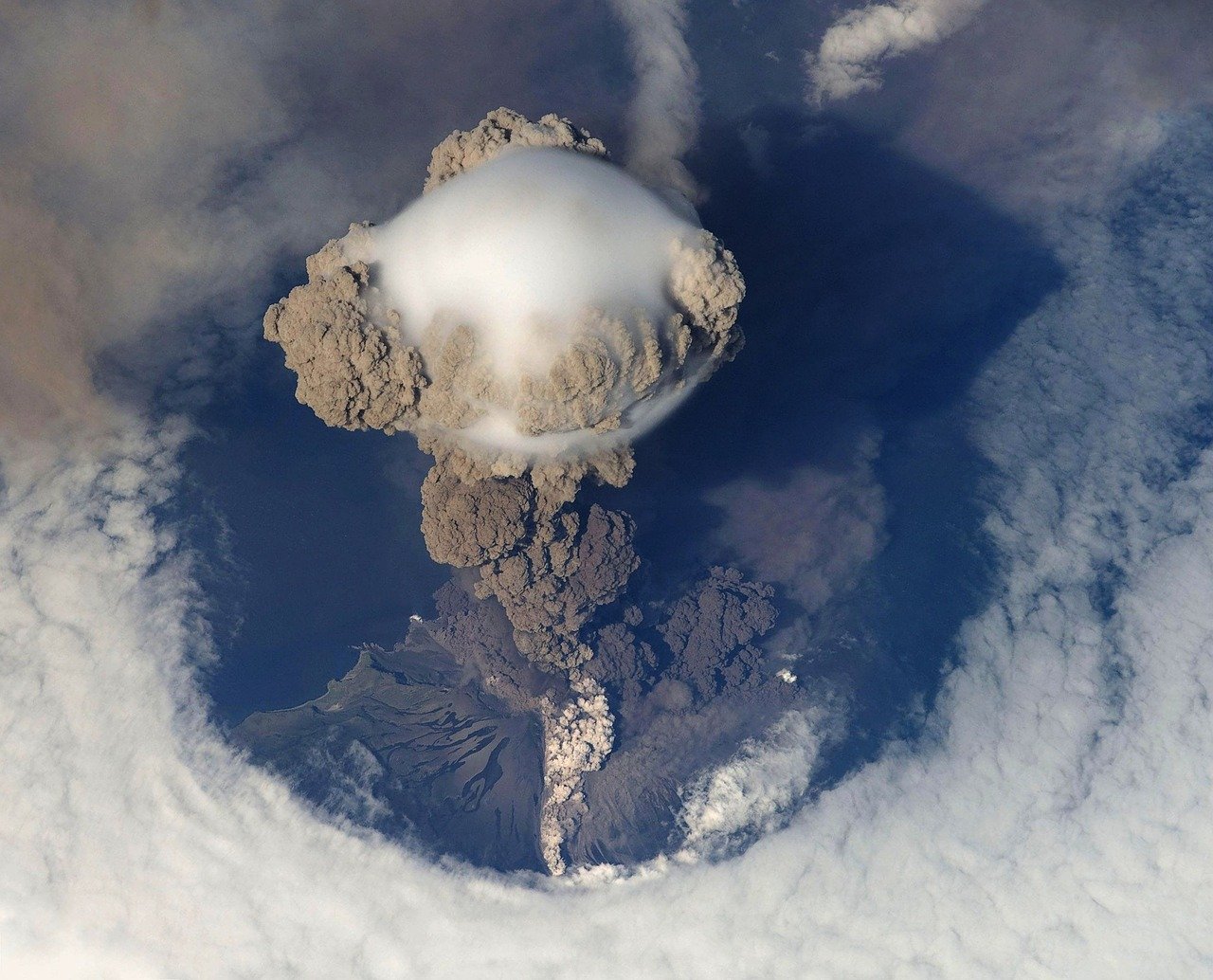
So, The scientific evidence suggests a complex answer that’s both reassuring and sobering. While supervolcanoes possess the raw power to devastate regional areas and disrupt global climate patterns for years, they’re unlikely to drive humanity or most other species to complete extinction. The answer is – NO, a large explosive eruption at Yellowstone will not lead to the end of the human race. The aftermath of such an explosion certainly wouldn’t be pleasant, but we won’t go extinct. However, “not extinction” doesn’t mean “not catastrophic.” A major supervolcanic eruption would still represent one of the greatest challenges humanity has ever faced, potentially killing millions, displacing hundreds of millions more, and causing economic damage measured in the trillions of dollars. The key lies not in preventing these inevitable geological events, but in understanding them better, monitoring them more effectively, and preparing our societies to be more resilient when they occur. What’s most remarkable about supervolcanoes isn’t just their destructive potential – it’s how they remind us of our place in a dynamic, ever-changing planet where geological forces operate on timescales that dwarf human history. While we worry about tomorrow’s weather or next year’s economy, these sleeping giants work on schedules measured in tens of thousands of years. The question isn’t whether they’ll erupt again – they will. The question is whether we’ll be ready when they do.

Hi, I’m Andrew, and I come from India. Experienced content specialist with a passion for writing. My forte includes health and wellness, Travel, Animals, and Nature. A nature nomad, I am obsessed with mountains and love high-altitude trekking. I have been on several Himalayan treks in India including the Everest Base Camp in Nepal, a profound experience.

